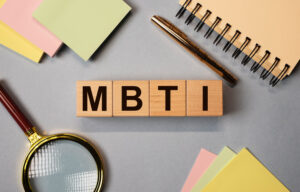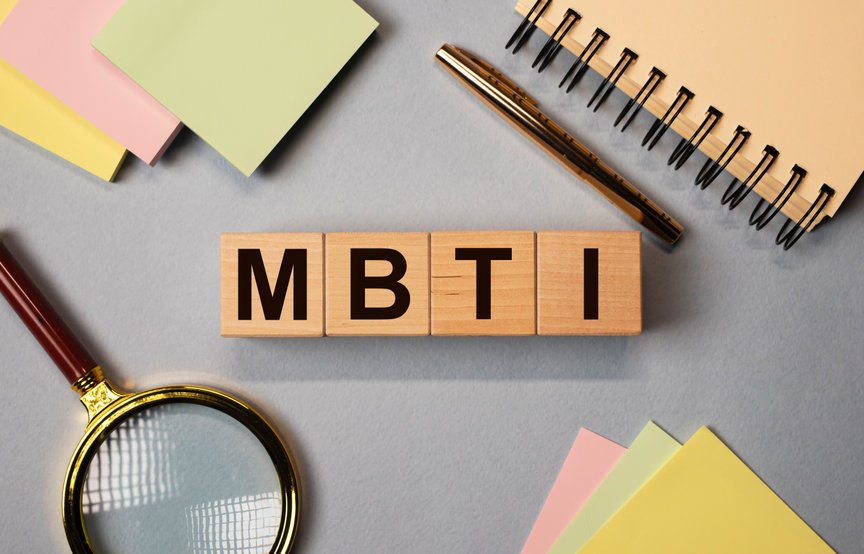
In 1849, a young man arrived at the offices of Fowler & Wells in lower Manhattan. He was there to have the bumps on his skull measured in order to determine his personality traits. The man paid three dollars and sat still as Lorenzo Fowler began running his fingers over his head. A stenographer recorded every word Fowler pronounced during his reading. The young man was Walt Whitman and the procedure he submitted to was known as phrenology.
Phrenology is a process that entails observing and/or feeling a person’s skull for enlargements or indentations to determine their psychological attributes. “From absolute and relative sizes of the skull the phrenologist would assess the character and temperament of the patient. . . Phrenologists believed the head revealed natural tendencies but not absolute limitations of strengths of character.” While it was seen as a science and even had an influence on psychiatry and psychology in the 1800s, phrenology has been long recognized as a pseudoscience.
In The Cult of Personality Testing, Anne Murphy Paul observed that humans have long searched for some way to make sense out of “the unruly variety of our own natures.” In Whitman’s time phrenology was seen as a scientific answer to a problem that had unsuccessfully tried many previous ways to make sense of human nature. Today, these solutions, like phrenology, seem utterly implausible to most people. However, at the time they served a deeply ‘felt need’ of people.
They allow predictions to be made and advice to be dispensed. They permit swift judgments about strangers. They authorize the assignment of individuals, ourselves included, to the comforting confines of a group. They often justify social arrangements as they are, extending a reassuring (to some) sense of stability. Most important, they explain why we are the way we are.
The earliest such system was astrology, which is the idea that the order of the stars and planets at the time of our birth give a suggestion of the person we will become. Hippocrates (460 BC to 370 BC) developed the humoral system of medicine, believing that certain moods and emotions were caused by an excess of body fluids, called humors. These fluids were: blood, yellow bile, black bile and phlegm. Galen (129 AD to 216 AD) claimed the balance of the humors determined our typical mood or temperament. He named four temperamental categories: sanguine, choleric, melancholic and phlegmatic. A gloomy melancholic had an excess of black bile; a sluggish phlegmatic had an excess of phlegm; and an irritable choleric, of yellow bile.
Modern science has rejected the theories of the four temperaments. Nevertheless, the Christian author Tim LaHaye attempted to resurrect the temperament personality theory in a series of books like The Spirit-Controlled Temperament, which was originally published in 1966. Today there are many personality tests, some of which are clinical instruments administered and interpreted by psychologists and other trained personnel. There are also many online “personality tests” constructed to help you discover things such as which Star Wars character you are like.
Briggs, Myers and the Birth of Personality Testing
In The Personality Brokers, Merve Emre noted how days after the Japanese bombed Pearl Harbor Isabel Myers gathered her mother’s preliminary materials on personality typing together. She had just read a Reader’s Digest article on personality testing that showed her how she could use her mother’s work to develop a personality test. She learned there were hundreds of personality tests classifying workers as normal or abnormal. This distinction helped employers avoid assigning an anxious worker or a depressed person to a high-pressure job. A growing industry of hundreds of consulting firms administering these tests also provided employers a means of protecting themselves from resentful employees because employers could say their management decisions were based upon the tests.
But Myers wondered what would happen “if she could design a test that generated only positive results?” She thought she would call it an “indicator,” not a test. Her instrument would provide information about the individual’s personality without judgment or criticism. The Myers-Briggs Type Indicator (MBTI) was born. Today it is given to two million people a year. Nearly all the Fortune 500 companies and U.S. colleges and universities, the army, the navy, community centers and churches continue to use the type indicator and defend its credibility to answer fundamental questions such as: What is a personality? Who am I?
Katherine Briggs had been developing and writing a book on her personal theory of types when she first read Carl Jung’s book Psychological Types in 1923. So awe-struck was she by Jung’s type theory that she set aside her notes and book, eventually burning them. Around that time, Jung appeared to her in a dream. “Dr. Jung symbolized a psychological reality—something within me, something that actually has called upon me!” She spent the next five years trying to understand how Jung’s dichotomies (i.e., introvert-extravert) explained the various aspects of her life. Jung became her ‘personal God’ who walked in the world beyond the conscious world, where “the unknown, shapeless material of the mind flowed in dreams and fantasies.”
For five years, five of the most exciting and interesting years of my life, friends laughingly referred to Jung’s Types as my Bible . . . And indeed I did use it much as my father and mother used the Good Book—as a means of salvation—always understanding my life a little better because of what I read, and my reading a little better because of what I lived.
The American psychologist John B. Watson, who popularized the theory of behaviorism, wrote a review of Jung’s Psychological Types. He said the book sought to reinstate the psychoanalyst as a spiritual healer, “a god among mortals.” In his attempt to do so, Jung invented the opaque notions of “type” and type pairs,” suggesting that the souls of humans could be classified along three binaries: extraverted and introverted types, intuitive and sensing types, and thinking and feeling types. Watson dismissed Jung’s types as nonsense; a metaphysical ruse that defied serious critique because it was so flimsy.
Watson claimed he could not critique Jung’s psychology. It was what a “religious mystic” would write in order to justify certain factors his training forced him to believe existed. Watson thought Psychological Types was borne of “unproven assumptions about inborn dispositions and inherited constitutions.” He concluded Psychological Types offered no tools for the scientific study of personality.
Jung himself did not believe his conjectures in type theory could be validated by modern science. He thought objective psychology could only go a little way toward giving an adequate picture of the human soul. And yet, the MBTI is still in use and popular in corporate America. Despite the popularity of the Myers-Briggs, it is regularly criticized by psychologists as unscientific, meaningless or bogus.
“How Accurate Is the Myers-Briggs Personality Test?” said the main problem psychologists have with the MBTI is its lack of scientific support. Adam Grant, a University of Pennsylvania professor of psychology, said in social science there are four standards: Are the categories reliable, valid, independent and comprehensive? “For the MBTI, the evidence says not very, no, no, and not really.” Some research indicates the MBTI is unreliable because the same person can get different results when they retake the test. Other studies question its validity, and the ability of the MBTI to link “types” to real world outcomes—such as how well certain types will perform in a given job.
There are some additional limitations of the test resulting from the conceptual design of the MBTI. Personality “types” are treated as black-and-white, categorical variables, placing the person into distinct groups. You are either an extravert or introvert. But people don’t fall neatly into categories on any personality dimension; there are many different degrees within a dimension. Personality is on a continuum—a continuous sequence whose adjacent elements are not noticeably different from each other, while the extremes are quite distinct. Most people are closer to the average measure of a dimension, with relatively few individuals at either extreme. Placing people in categorical boxes separates individuals who are in reality more like each other than they are different.
Another shortcoming comes from the complex, messy nature of human personality. “Neat categories of MBTI make personality look clearer and more stable than it really is.” Finally, the MBTI is missing additional nuances by assessing only four aspects of personality differences. Michael Ashton, a professor of psychology said, “Several decades ago, personality researchers had determined that there were at least five major personality dimensions, and more recent evidence has shown that there are six.”
We’ll take a look in Part 2 of this article at what personality researchers believe the MBTI missed and reflect on how personality tests can lead to the miseducation of children, the mismanagement of companies and the misunderstanding of ourselves.





